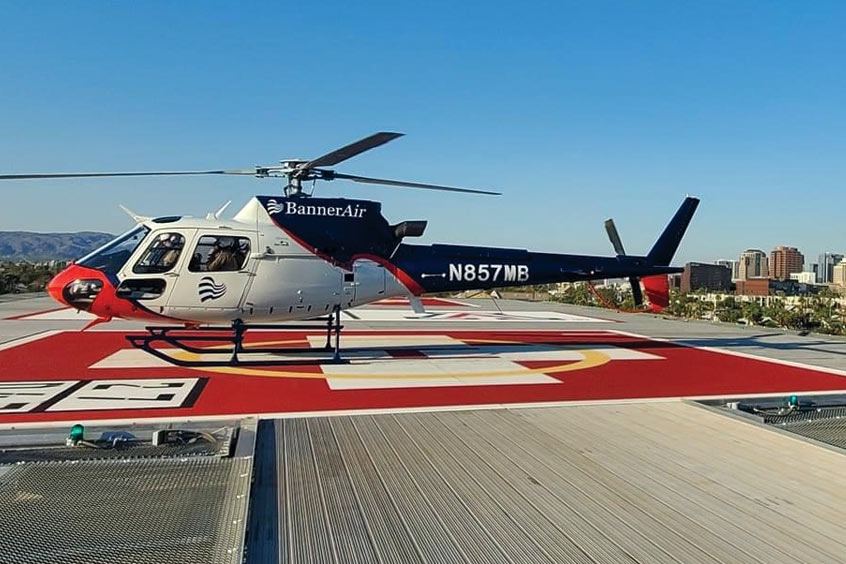
Global Medical Response (GMR), a US provider of emergency and patient relocation services, has partnered with Banner Health, a US nonprofit healthcare system, to extend air ambulance services in Arizona through BannerAir. This will be the first hospital and air ambulance partnership in the Phoenix metro area in which Banner Health will use these services for hospital-to-hospital transports and on-scene emergency calls.
“This partnership between GMR and Banner Health, the largest health care organisation in Arizona, could reduce emergency response time and speed up hospital-to-hospital transfers throughout the state,” says Richard Swedbergh, Banner COO. “This unparalleled educational, clinical and logistical support will allow our team to operate as a new component of a comprehensive healthcare system.”
Base stations will be placed throughout the state to ensure timely response in neighbouring cities, including Casa Grande, Sun City West, Queen Creek and Payson. In addition to the emergency helicopters currently available in Arizona, BannerAir adds four helicopters, all of which are designed to land in higher elevations and rougher terrains in the state. The aircraft, aviation crew, maintenance and operations certificates are held by Med-Trans Corporation, a division of Global Medical Response.
“This joint venture is an extension to provide the best possible care for our patients, especially during emergency scenarios,” continues Swedbergh, who emphasised that BannerAir will transport patients to Banner and non-Banner hospitals. “We will always do what is in the best interests of our patients, regardless of the facility. Our flight crews are empowered to make those decisions.”
Staff, medical equipment and medications onboard BannerAir helicopters make them equipped to handle nearly anyone with serious trauma injuries or a critical illness. A helicopter can be in flight within minutes of dispatch, 24 hours a day, seven days a week. Onboard equipment allows the flight team to monitor and provide care for nearly any clinical condition. As an in-flight intensive care unit, Banner Air carries advanced ventilators, cardiac defibrillators, specialty trauma tools and other critical-care level equipment that can help treat patients with severe injuries or health risks.
Headquartered in Arizona, Banner Health is one of the largest nonprofit health care systems in the US. The system owns and operates 30 acute-care hospitals, Banner Health Network, Banner University Medicine, academic and employed physician groups, long-term care centres, outpatient surgery centres and an array of other services; including Banner urgent care, family clinics, home care and hospice services, pharmacies and a nursing registry. Banner Health is in six states: Arizona, California, Colorado, Nebraska, Nevada and Wyoming.